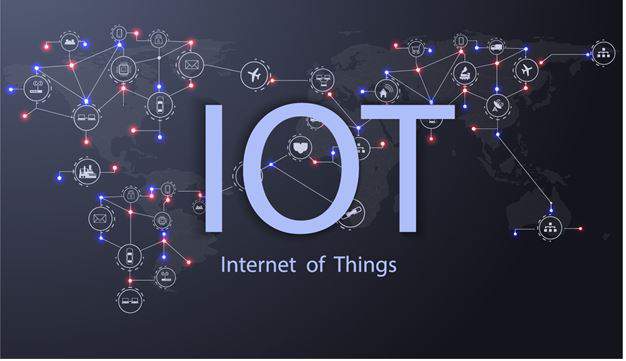- Category
- >Internet of Things
Understanding the Concept of the Internet of Things (IoT)
- Ram Tavva
- Nov 30, 2020

IoT stands for the Internet of Things, like the name of this technology suggests things that can be connected to the internet and further they can be connected. There are billions of devices around the world that are now linked with the internet, all are gathering data, passing on information, and further used to extract important insight out of it.
We can also put it this way- While our all the activities online are being tracked by the devices and technology, for example, what we are searching, what we are buying, where we are posting, how are we connected to people on social media and all the activities that we perform online are being tracked by crawlers, and what about the time we send offline, by using the day-to-day devices. All that data that is being consumed offline are being ignored, and for that Internet of Things, technology came to the rescue.
With the help of this superb technology, the business can track how their devices are being used and how they can make improvements in the same. Or in which are their sales and the use of there is potentially growing, so further they can focus on that, many more such decisions can be taken for successfully growing the business. (More read: 6 Applications of IoT in Ecommerce)
IoT does not only involve the internet but to create a more superb machine connecting all the smart devices and equipping them with sensors to them adds another level of capabilities and enhances their digital intelligence otherwise it would be dumb, enabling them to communicate in real-time data without involving a human being, is another super smart move. (Related read: Data Science For IoT- How and Why?)
Combining Cloud and IoT
When this gigantic amount of data is being collected, we should be concerned about where to store insightful data. The IoT becomes the supplier of the data, while the Cloud becomes the essential destination for data to be stored. The whole idea of IoT and Cloud computing is to increase the productivity of the activities performed, without majorly affecting the quality of the data being moved.
Illustration of IoT connected with cloud computing
With the support of the IoT ecosystem, businesses can gather mass data from the machines and applications. IoT is the best technology that uses several tools to extract and read real-time data. All this is done by IoT Cloud. Here high-performance networks are connected to different servers together to improve the efficiency of the data processes that are being processed by many devices at once. This also helps in controlling the chaos and focuses on delivering the most accurate analytics results.
Another very important component of IoT is database management that is distributed in nature. The cloud unites many devices, gateways, protocols, devices, and a data store that can be analyzed efficiently. These procedures are used by many businesses to have improved and efficient data analysis. (Recommended read: How is Big Data Analytics shaping up the IoT?)
Final Words
As we move forward, some of these modifications will be ongoing, while others will be swifter. Companies like Google, Amazon AWS, and Microsoft will become the unquestionable chiefs of Cloud IoT Services, making the challenge even more valuable. (Related Topics: Time Series Analysis)
Trending blogs
5 Factors Influencing Consumer Behavior
READ MOREElasticity of Demand and its Types
READ MOREAn Overview of Descriptive Analysis
READ MOREWhat is PESTLE Analysis? Everything you need to know about it
READ MOREWhat is Managerial Economics? Definition, Types, Nature, Principles, and Scope
READ MORE5 Factors Affecting the Price Elasticity of Demand (PED)
READ MORE6 Major Branches of Artificial Intelligence (AI)
READ MOREScope of Managerial Economics
READ MOREDifferent Types of Research Methods
READ MOREDijkstra’s Algorithm: The Shortest Path Algorithm
READ MORE

Latest Comments